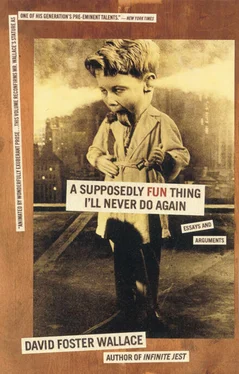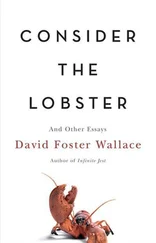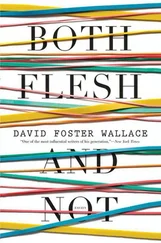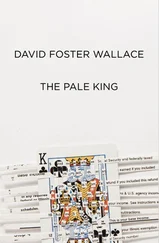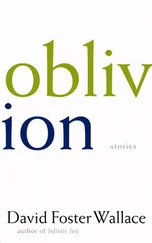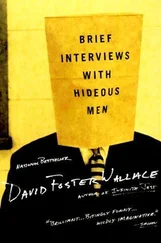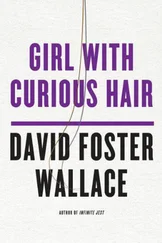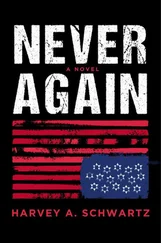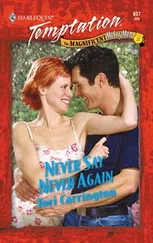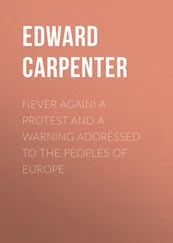The training must be rigorous, indeed, because the truth is, the service was impeccable, and impeccable in every aspect from the cabin steward to the sommelier, from the on-deck waiter to the Guest Relations manager, from the ordinary seaman who goes out of his way to get your deck chair to the third mate who shows you the way to the library. It is hard to imagine a more professional, polished operation, and I doubt that many in the world can equal it.
Rather, part of the essay’s real badness can be found in the way it reveals once again the Megaline’s sale-to-sail agenda of micromanaging not only one’s perceptions of a 7NC Luxury Cruise but even one’s own interpretation and articulation of those perceptions. In other words, Celebrity’s PR people go and get one of the U.S.A.’s most respected writers to pre-articulate and — endorse the 7NC experience, and to do it with a professional eloquence and authority that few lay perceivers and articulators could hope to equal. 36
But the really major badness is that the project and placement of “My Celebrity Cruise…” are sneaky and duplicitous and far beyond whatever eroded pales still exist in terms of literary ethics. Conroy’s “essay” appears as an insert, on skinnier pages and with different margins from the rest of the brochure, creating the impression that it has been excerpted from some large and objective thing Conroy wrote. But it hasn’t been. The truth is that Celebrity Cruises paid Frank Conroy upfront to write it, 37even though nowhere in or around the essay is there anything acknowledging that it’s a paid endorsement, not even one of the little “So-and-so has been compensated for his services” that flashes at your TV screen’s lower right during celebrity-hosted infomercials. Instead, inset on this weird essaymercial’s first page is an author-photoish shot of Conroy brooding in a black turtleneck, and below the photo is an author-bio with a list of Conroy’s books that includes the 1967 classic Stop-Time , which is arguably the best literary memoir of the twentieth century and is one of the books that first made poor old yours truly want to try to be a writer.
In other words, Celebrity Cruises is presenting Conroy’s review of his 7NC Cruise as an essay and not a commercial. This is extremely bad. Here is the argument for why it’s bad. Whether it honors them well or not, an essay’s fundamental obligations are supposed to be to the reader. The reader, on however unconscious a level, understands this, and thus tends to approach an essay with a relatively high level of openness and credulity. But a commercial is a very different animal. Advertisements have certain formal, legal obligations to truthfulness, but these are broad enough to allow for a great deal of rhetorical maneuvering in the fulfillment of an advertisement’s primary obligation, which is to serve the financial interests of its sponsor. Whatever attempts an advertisement makes to interest and appeal to its readers are not, finally, for the reader’s benefit. And the reader of an ad knows all this, too — that an ad’s appeal is by its very nature calculated —and this is part of why our state of receptivity is different, more guarded, when we get ready to read an ad. 38
In the case of Frank Conroy’s “essay,” Celebrity Cruises 39is trying to position an ad in such a way that we come to it with the lowered guard and leading chin we properly reserve for coming to an essay, for something that is art (or that is at least trying to be art). An ad that pretends to be art is — at absolute best — like somebody who smiles warmly at you only because he wants something from you. This is dishonest, but what’s sinister is the cumulative effect that such dishonesty has on us: since it offers a perfect facsimile or simulacrum of goodwill without goodwill’s real spirit, it messes with our heads and eventually starts upping our defenses even in cases of genuine smiles and real art and true goodwill. It makes us feel confused and lonely and impotent and angry and scared. It causes despair. 40
At any rate, for this particular 7NC consumer, Conroy’s ad-as-essay ends up having a truthfulness about it that I’m quite sure is unintentional. As my week on the Nadir wore on, I began to see this essaymercial as a perfect ironic reflection of the mass-market-Cruise experience itself. The essay is polished, powerful, impressive, clearly the best that money can buy. It presents itself as for my benefit. It manages my experiences and my interpretation of those experiences and takes care of them in advance for me. It seems to care about me. But it doesn’t, not really, because first and foremost it wants something from me. So does the Cruise itself. The pretty setting and glittering ship and dashing staff and sedulous servants and solicitous fun-managers all want something from me, and it’s not just the price of my ticket — they’ve already got that. Just what it is that they want is hard to pin down, but by early in the week I can feel it, and building: it circles the ship like a fin.
9
Celebrity’s fiendish brochure does not lie or exaggerate, however, in the luxury department. I now confront the journalistic problem of not being sure how many examples I need to list in order to communicate the atmosphere of sybaritic and nearly insanity-producing pampering on board the m.v. Nadir .
How about for just one example Saturday 11 March, right after sailing but before the North Sea weather hits, when I want to go out to Deck 10’s port rail for some introductory vista-gazing and thus decide I need some zinc oxide for my peel-prone nose. My zinc oxide’s still in my big duffel bag, which at that point is piled with all Deck 10’s other luggage in the little area between the 10-Fore elevator and the 10-Fore staircase while little men in cadet-blue Celebrity jumpsuits, porters — entirely Lebanese, this squad seemed to be — are cross-checking the luggage tags with the Nadir ’s passenger list Lot #s and organizing the luggage and taking it all up the Port and Starboard halls to people’s cabins.
And but so I come out and spot my duffel among the luggage, and I start to grab and haul it out of the towering pile of leather and nylon, with the idea that I can just whisk the bag back to 1009 myself and root through it and find my good old ZnO; 41and one of the porters sees me starting to grab the bag, and he dumps all four of the massive pieces of luggage he’s staggering with and leaps to intercept me. At first I’m afraid he thinks I’m some kind of baggage thief and wants to see my claim-check or something. But it turns out that what he wants is my duffel: he wants to carry it to 1009 for me. And I, who am about half again this poor herniated little guy’s size (as is the duffel bag itself), protest politely, trying to be considerate, saying Don’t Fret, Not a Big Deal, Just Need My Good Old ZnO. I indicate to the porter that I can see they have some sort of incredibly organized ordinal luggage-dispersal system under way here and that I don’t mean to disrupt it or make him carry a Lot #7 bag before a Lot #2 bag or anything, and no I’ll just get the big old heavy weather stained sucker out of here myself and give the little guy that much less work to do.
And then now a very strange argument indeed ensues, me v. the Lebanese porter, because it turns out I am putting this guy, who barely speaks English, in a terrible kind of sedulous-service double-bind, a paradox of pampering: viz. the The-Passenger’s-Always-Right-versus-Never-Let-A-Passenger-Carry-His-Own-Bag paradox. Clueless at the time about what this poor little Lebanese man is going through, I wave off both his high-pitched protests and his agonized expression as mere servile courtesy, and I extract the duffel and lug it up the hall to 1009 and slather the old beak with ZnO and go outside to watch the coast of Florida recede cinematically à la F. Conroy.
Читать дальше
